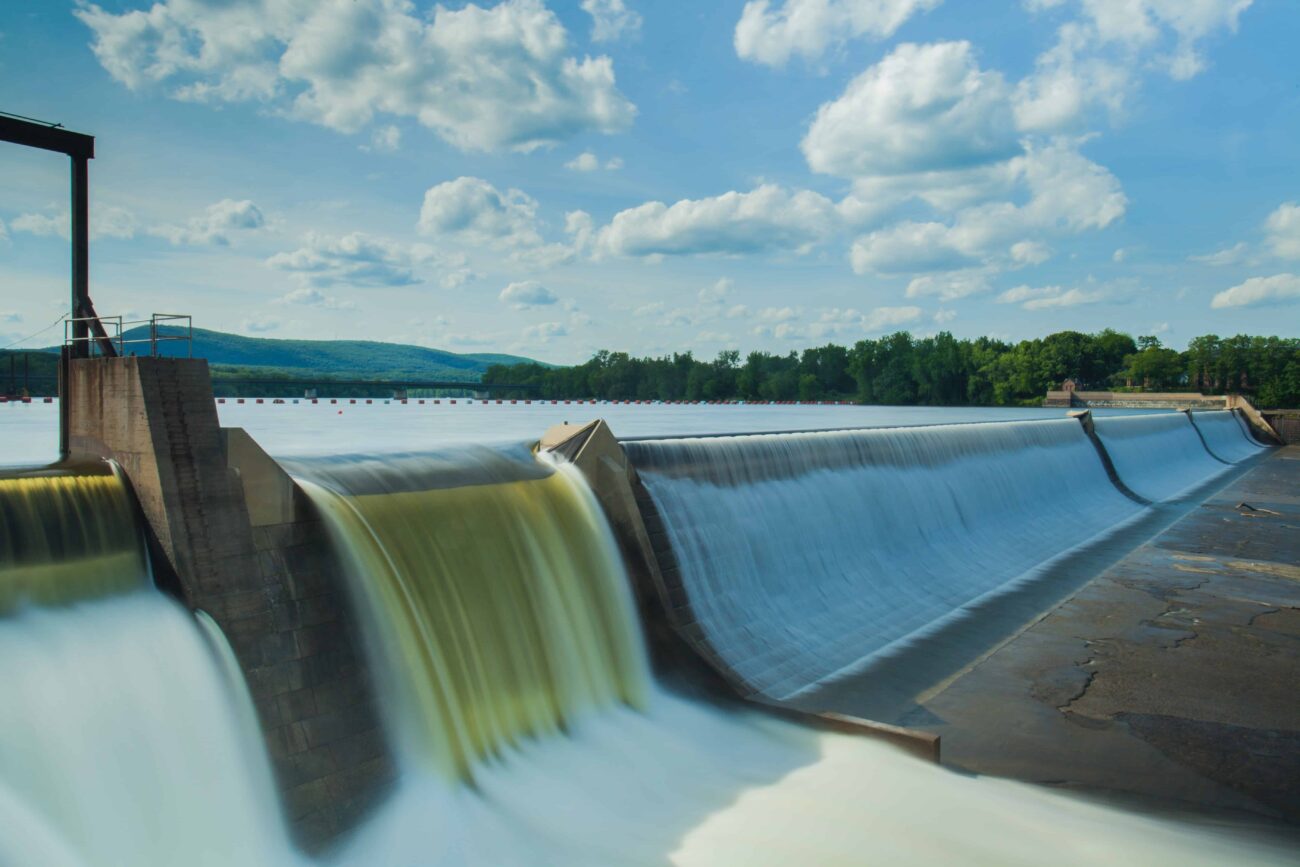Expert view | The PPA boom: what’s next?
Renewable energy prices have been significantly dropping in the last years, which is very good news in times of global environmental concerns. Yet, is the price slash enough to accelerate the integration of renewables into energy markets and make it easy for producers and consumers?
- Article
- 25/01/2020

By Jérôme Malka
Renewable energy prices have been significantly dropping in the last years, which is very good news in times of global environmental concerns. Yet, is the price slash enough to accelerate the integration of renewables into energy markets and make it easy for producers and consumers?
From subsidy to PPA: a new momentum to the cause of sustainable development
The spectacular drop in Renewable Energy prices – more than 10% only between 2018 and 2010 according to Irena – has come along with the end of renewable subsidy policies. These were initially established worldwide to foster the development and structuring of the green sector. Such mechanisms – state subsidies in China, feed-in tariffs or remuneration capacity mechanisms in Europe, tax abatement on renewable investments in the US – were meant to end as green energy became economically viable.
Today, green energy producers and developers are thus seeking new ways to guarantee their production and assets development. They need some level of certainty on mid to long-term prices that will help them attract investors, obtain financing and secure their return on investment.
A positive indicator for these renewable producers and developers is that clean energy demand is soaring. But where precisely does the demand come from? The GAFAM-type consumers have paved the way to green, with the resources and capacity to manage renewable energy risks. Since, new profiles have entered the market alongside tech giants, such as large and small industrials, local territories and prosumers.
This wide consumer base wants to shift towards low or zero-carbon businesses, as prices have become very competitive –solar prices at EUR 150/MWh are far history – and because they are ever more committed to sustainability, and demanding when it comes to the transparency of their sourcing.
Yet, not all benefit from in-house energy and risk management expertise – energy is not their core business. This is where ENGIE can fully play its role. We have demonstrated our ability to build complex long-term Power Purchase Agreements (PPAs) tailored to the needs of giant techs and industrials with sound knowledge of energy markets. Now, we need to provide this expertise to other profiles.
When opportunities meet, green booms – along with the need to simplify
Thus, one of our challenges is to simplify our PPA offering. Today, these contracts are built in a way that often requires negotiations in project mode through 15 years commitments with a high level of complexity related to risk allocation. It also involves several types of expertise and teams within the client company.
Such complexity cannot be envisaged when dealing with smaller companies lacking the relevant resources and expertise. If we want to facilitate green sourcing and make it available and affordable for all, we must standardize our products and make them easier to understand and negotiate. In this respect, we have adapted our energy risk management business, and digitalization and data management are the core tools of our transformation.
But the simplification of PPAs is not the end of the journey, we still have many challenges ahead to make renewable energy access efficient, easy, more competitive, while serving increasingly demanding clients.
100% clean energy networks: from intention to reality
To simplify, certify and ensure a perennial green market, we need to operate across the value chain; me must promote the development of new renewable technologies, such as green gas, or geothermal and combine renewable energies to reduce their intermittency risk; we have to adapt our transmission, distribution and transportation networks through flexibility solutions, such as demand response or battery storage services. We must provide always stronger guarantees to our clients on the origin of their sourcing.
In our ambition to support even further our clients in their zero-carbon transition, we have to tackle another crucial area: the greening of thermal energy. The French ministry of economy and finances stated in its 2018 report that heat consumption represents nearly half of the global energy consumption in the country. Heat, as well as steam, are largely used by industrials for their production processes and they are still mainly generated from fossils fuels. There are already emerging trends and technologies to address the challenge: electrification of production processes, heat produced from biogas, solar, geothermal energy or biomass. But they need to be structured and subsidy mechanisms do not really exist at the time we speak.
ENGIE is strongly involved in these areas, because our ambition, as green midstreamer, stretches beyond PPAs. We want to work at making our networks 100% green and when that comes to reality, PPAs will become obsolete.
But until this becomes reality, PPA are and will be a key component of our journey towards a carbon-free world, which is the highest priority of ENGIE.
Jérôme Malka biography
“ENGIE – International Supply & Energy Management” Global Business Unit and member of the Executive Committee. He graduated in 1991 as an Electrical Engineer and started his career as on oil trader at Société Générale in Paris and London. Working as an energy trader for 20 years, he formed in 2006 and took the lead of ORBEO to tackle the emergence of new markets for CO2 credits. From 2012 until joining ENGIE, he worked in Solvay as Head of Energy & CO₂ Markets, before heading Solvay Energy Services North America and then Solvay Biomass Energy.
Jérôme Malka is Head of Green Power at ENGIE’s